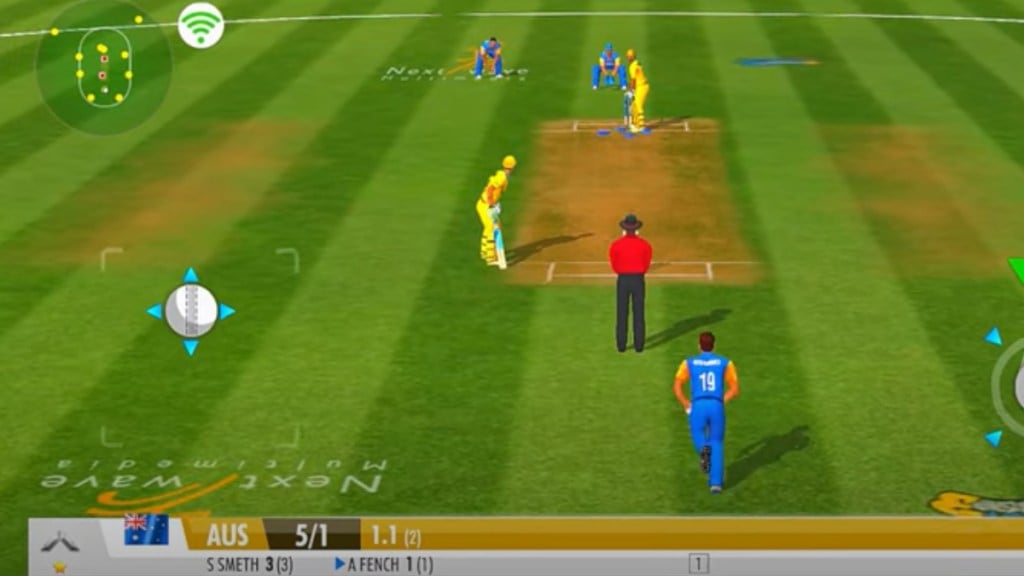So how would you describe the typical Indian digital gamer? A young teenager, who shuns human company, keeps jabbing at the keyboard 24X7 with little or no decision-making power, right? Wrong!
Studies show the largest share of gamers in India is constituted by men aged 25 years-plus. This cohort is not averse to watching ads to progress in their games; what’s more, nearly two-thirds of paid gamers in India spend good money on in-app purchases.
And don’t be fooled: Video games are social spaces too where users hang out to share experiences and feedback on brands, products and purchase journey.
So while it is still a nascent play — about 5% of the Rs 35,000 crore expected to go into digital advertising this year could be funnelled through games — it’s easy to see why games are morphing into a playground for brands looking to create meaningful connections with their audiences.
But look at the opportunity. India recorded about 421 million online gamers in the year 2022. This was an 8 per cent growth from the previous year and is expected to reach 442 million-plus by 2023. Ravi Kiran, founder, GoLive Games, says that typical eCPMs (effective cost per mile or 1,000 impressions) in India are around $0.3-0.5; but for good in-game integrations, this goes up by two to three times. “Positioning themselves as an aspiration is usually the main goal of a brand when it’s placed in-game and engaging with the gamers,” he says.
Starting point
India is a mobile-first gaming market, with over 90% of the players playing on their handheld devices. The categories that seem gung-ho at the moment about in-game advertising include automobiles, consumer goods, and entertainment. The ROI for these brands can be significant, with conversion rates varying depending on the ad format and targeting tools used.
For example, a brand promoting its new product with a discount code in a game logged a conversion rate of 5%, much higher than traditional display ads, shares Rohit Agarwal, founder & director, Alpha Zegus (the agency specialises in gaming and lifestyle).
Alpha Zegus cites the example of two of its recent campaigns with AXE and TVS, where the two approached branding in two different ways. While AXE used in-game real estate (cricket stadium assets) to deliver its message, TVS created a fully functioning/playable bike in a game called Asphalt 8. Both the formats helped improve brand awareness and recall, he adds.
The operative word here is interactivity. That’s what Maybelline did for its recent lash day sale campaign that targeted women aged 18-44. POKKT, a mobile marketing platform, created a mini-game that involved matching mascara variants. The click-through rates, it says, defied expectation. The platform also designed a game for Thums Up Charged offering charging options to players in lieu of punches and kicks.
No child’s play
While such integration can improve engagement for brands, the ad-serving process may disrupt the user experience, especially if the ads take too long to load — a common complaint with desktop and in-app mobile ads. Experts say user experience should be top priority and one way to overcome the loading issue is by using non-intrusive formats, such as rewarded video ads or contextual ads that fit seamlessly with the game. Agarwal of Alpha Zegus suggests optimising the load time and ensuring that ads are targeted at the right audience to minimise wastage.
Experts also suggest marketers and game developers co-create custom ads — rather than one-for-all-ads — that blend seamlessly with the game environment. Native ad spots and audio ads are less intrusive and can blend seamlessly into a game’s narrative, says Rubeena Singh, country manager, India & MENA, AnyMind Group,.
Ensuring a brand-safe environment is another challenge. That means making sure that ads do not appear alongside offensive or inappropriate content. Animesh Agarwal, founder & CEO, 8Bit Creatives, suggests collaborating with trustworthy partners and deploying fraud prevention tools to mitigate such risks.
But a bigger question is, have we reached a point where marketers can measure success of their in-game placements?
That requires a more nuanced approach than traditional media metrics can offer, say experts. For the moment, says Agarwal of 8Bit Creatives, metrics such as total number of impressions, click-through rates, play rates, engagement rates are used to evaluate the performance of in-game advertisements. Then there are sponsored game modes that offer additional tracking opportunities by measuring the time spent playing and the progress made by a player in that game to assess their engagement.

